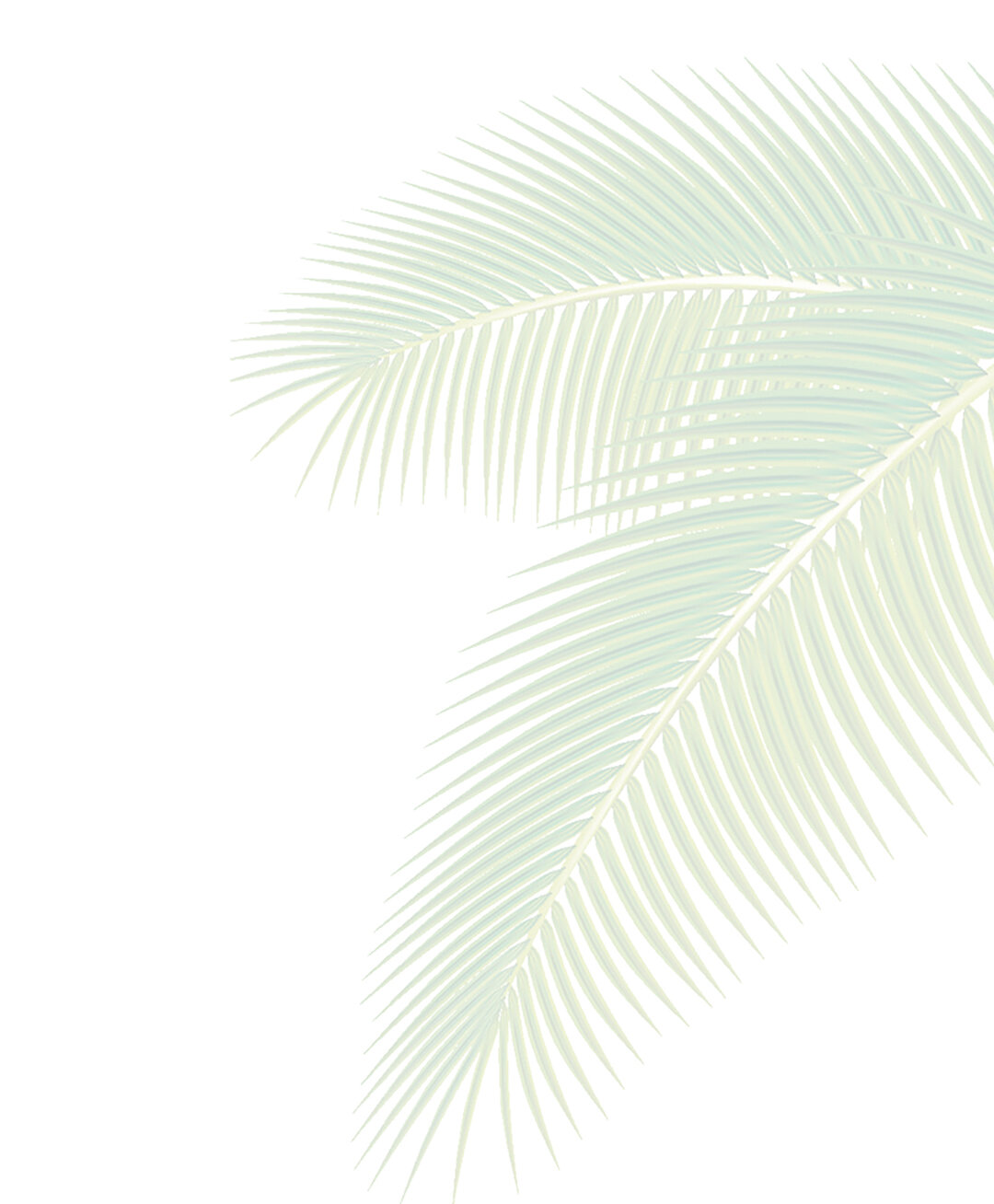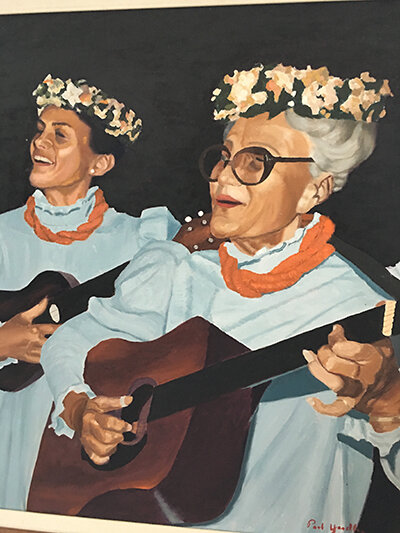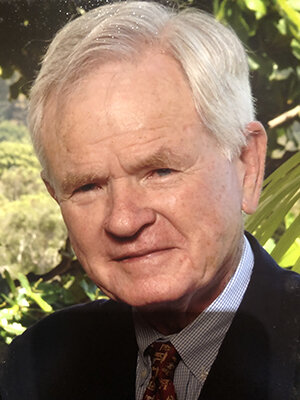
Excerpts from the book
From Voices of the Old Days:
It's a rite of passage for every kid growing up on Lanai to work in the pineapple fields. Part of this rite of passage was to buy all of your equipment. You usually wore jeans, and over them you had canvas pants that you slipped on. You usually wore a tee shirt and denim sleeves to cover your arms; they were held back with a piece of elastic or safety-pinned to your tee shirt. You had leather gloves, which you wore for most of the day. You might start off the morning with rubber gloves because it was damp, and the leather gloves would get wet. Sometimes you wore rubber over-pants, which would stick to you, so you had to kind of soften them up. And then you had a handkerchief around your neck, usually red or blue, to keep the sun off your neck. You could also put it across your face, folded like a triangle, to keep the dust out. And you wore wire goggles to protect your eyes. The screen mesh was a lot cooler than classic eye protection goggles, which would get dusty. And a big hat on your head.
Your kaukau tin had two parts; in the bottom part you could put your rice and in the top you put your meat. There was nothing to keep it cool, but we never got sick. We usually had breakfast of rice, eggs, and Spam.
— Hermina “Mina” Morita
From Voices of Island Music/Learning Hula:
Luanna Farden Mckenney with
with Aunty Irmgard Farden Aluli.
My hula and music started in an unusual way. I was the only student. I began dancing without music. I progressed with a reverence for nature, slowly but surely making my Hawaiian traditions part of me. I appreciate being trained as a solo dancer, where I can be free to express myself. Hula is a dance to interpret a story. I try to convey these stories, with all their poetic feeling.
Whenever I am invited to perform a hula, I find myself grateful to offer a gift of my Hawaiian being. I am sharing a gift that many loving kūpuna (elders) have given me. I feel my mother’s encouraging smile.
— Luanna Farden McKenney
From Voices of Aloha / Jets to Hawai`i:
Tourism, as you see it today, couldn't have happened without the changes in technology, communications, and the airline industry. The first time I came to Hawai’i was on a prop plane. We didn't have jets. The internet allowed for improved communications facilities, computing airline travel data and the hotel industry. I think we are up to about 9 million tourists a year and tracking hotel rooms, transportation, and local venue data for that number of people is staggering.
— Dennis Fitzgerald
From Voices of Philanthropy / Iolani Palace:
A family came on a tour and saw a picture of the original furnishings of the King's Bedroom. One of the little tables had been purchased at an auction and it ended up in a mainland Governor's Mansion. Jim Bartels had written and asked for it, and they refused to return it. This kid went back to his school and told his class about this table and they bombarded the Governor with letters, saying, "Return the Palace table." Those kids pressured the governor until the table was returned. It can now be seen in the King's Bedroom.
— Alice Flanders Guild, Author
From Voices of Natural Resources /
Hawaiian Fishpond Heritage:
Aunty Laura Thompson is one of my hero’s. Her family were the konohiki of their ahupua`a. She has a picture showing horses drinking fresh water in Maunalua Bay. They are WAY out by the reef and their heads are buried in a lens of fresh water. Seeing that picture, people could envision the concept of freshwater springs in the middle of the bay. The fresh water was carried by underground lava tubes out into the bay. It has been said that whalers used to come and fill up their casks there in the old days. I can totally envision Aunty Laura back in the day riding her horse in the ocean all the way to Koko Head.
— Chris Cramer, Executive Director Maunalua Fishpond Heritage Center







